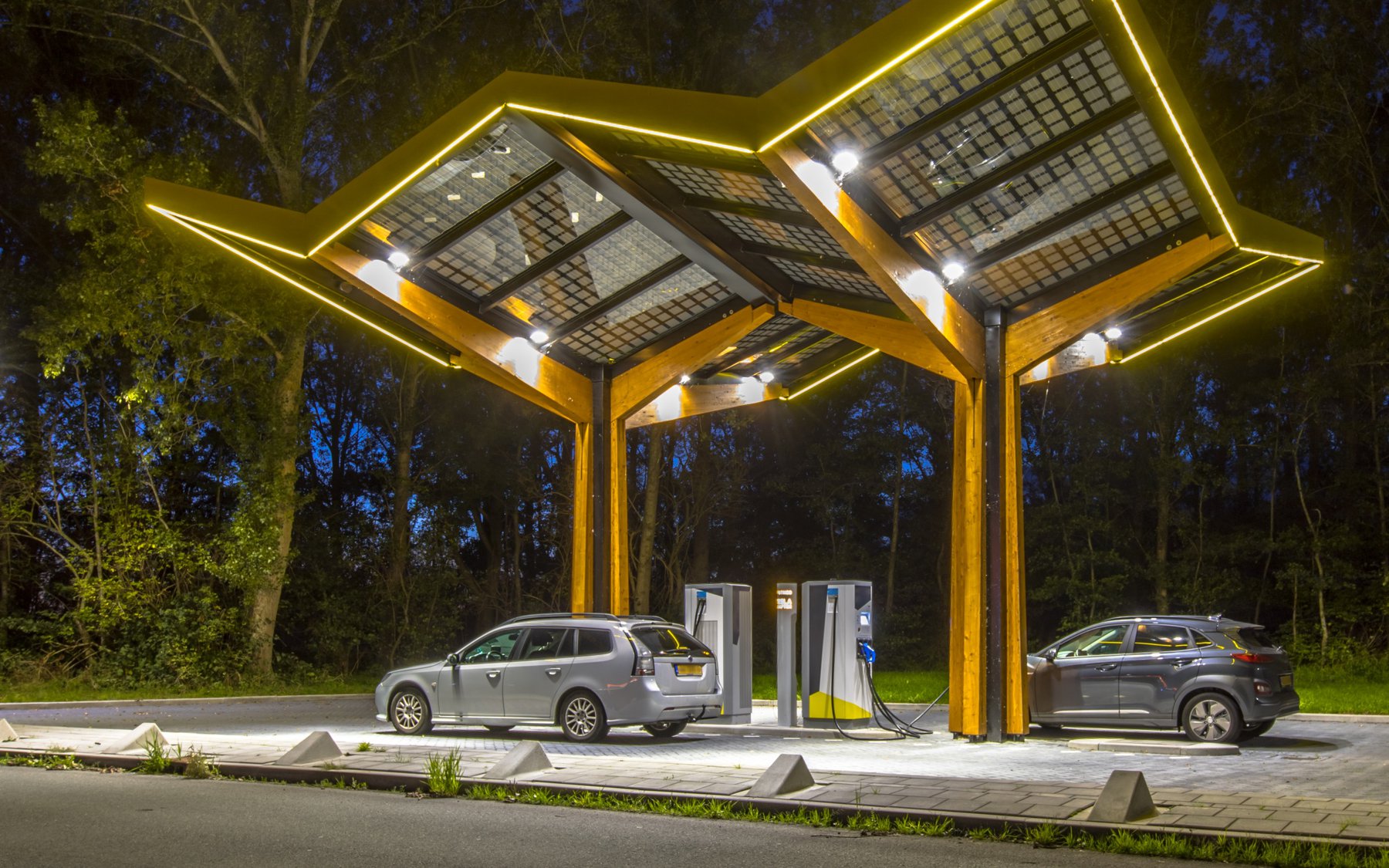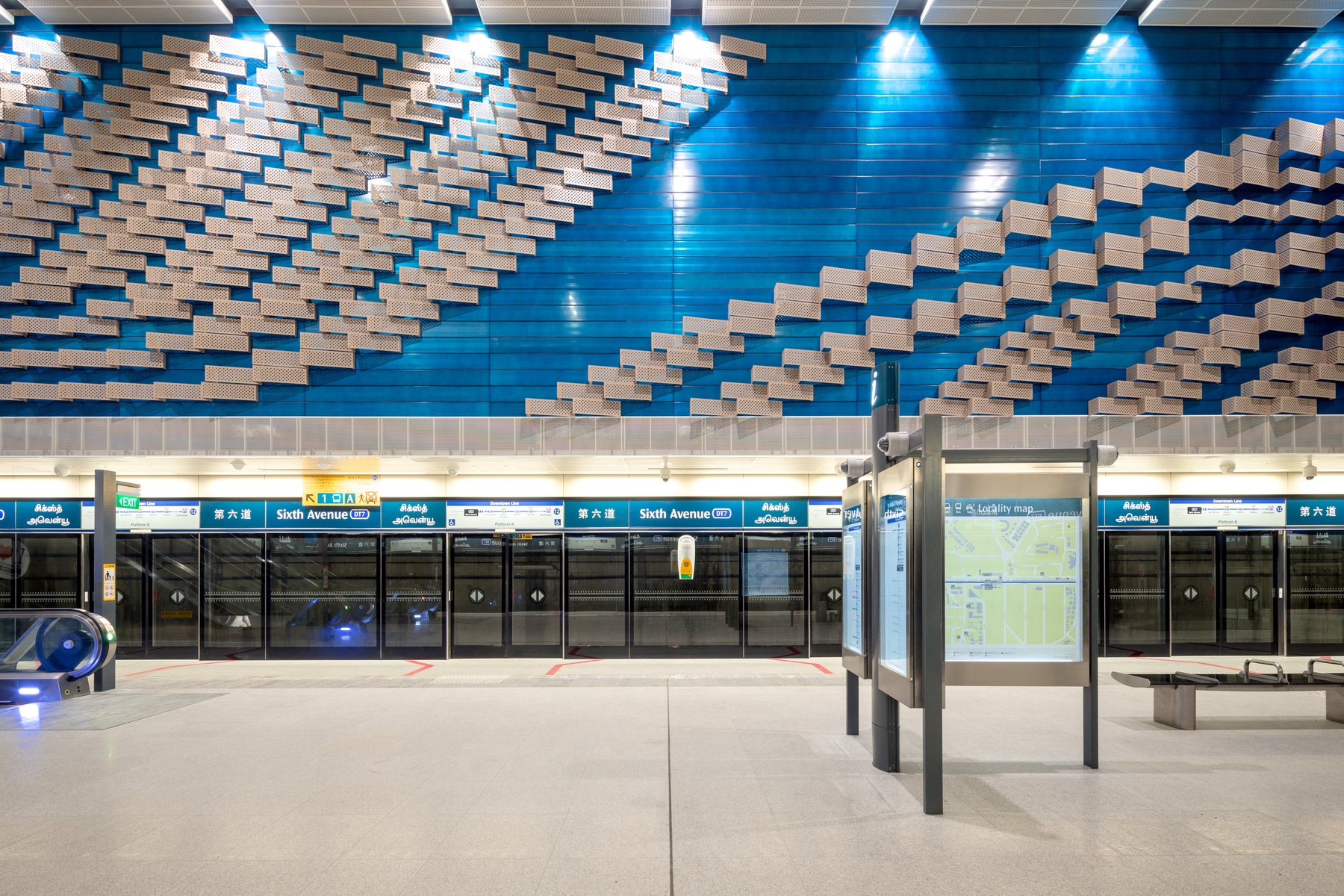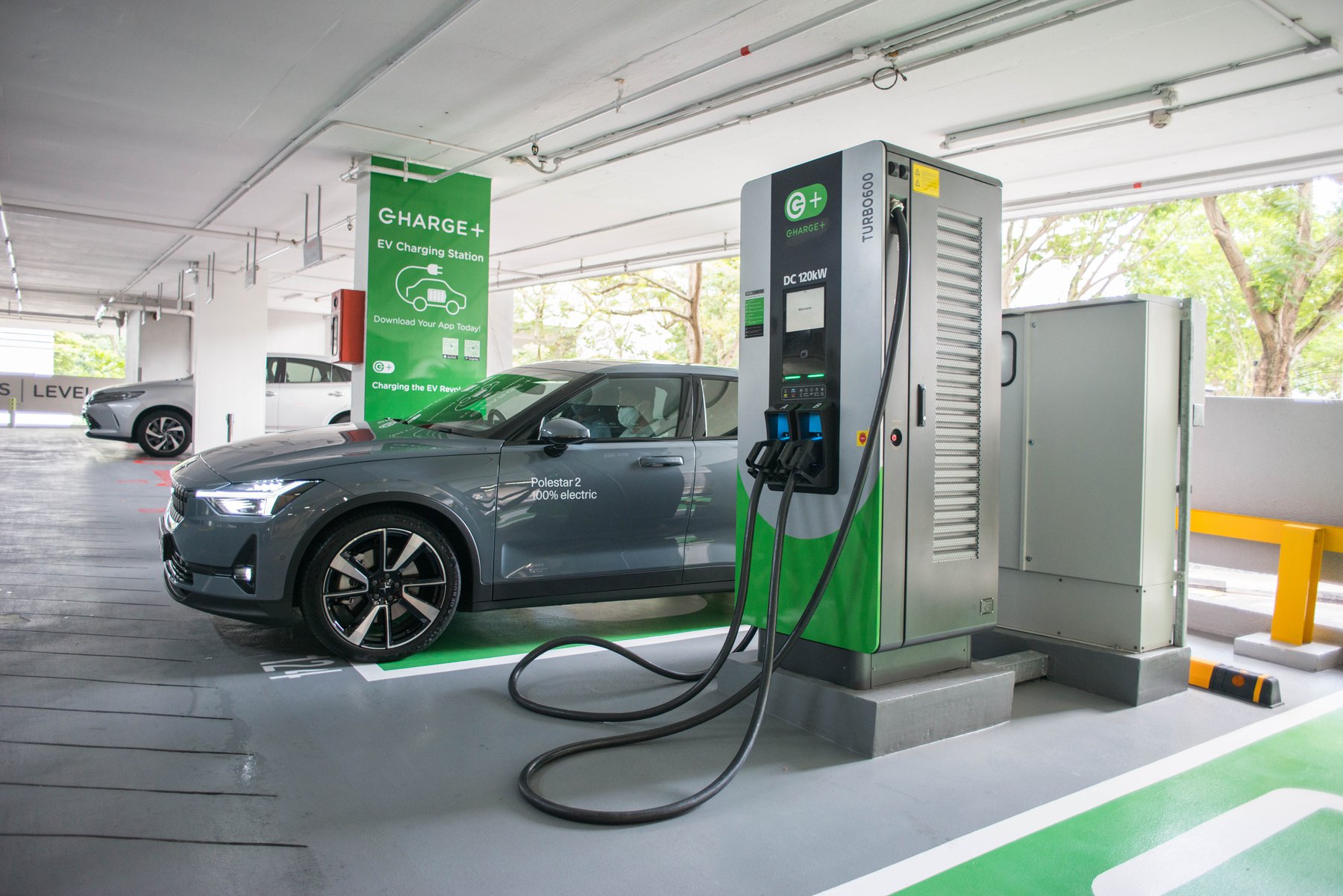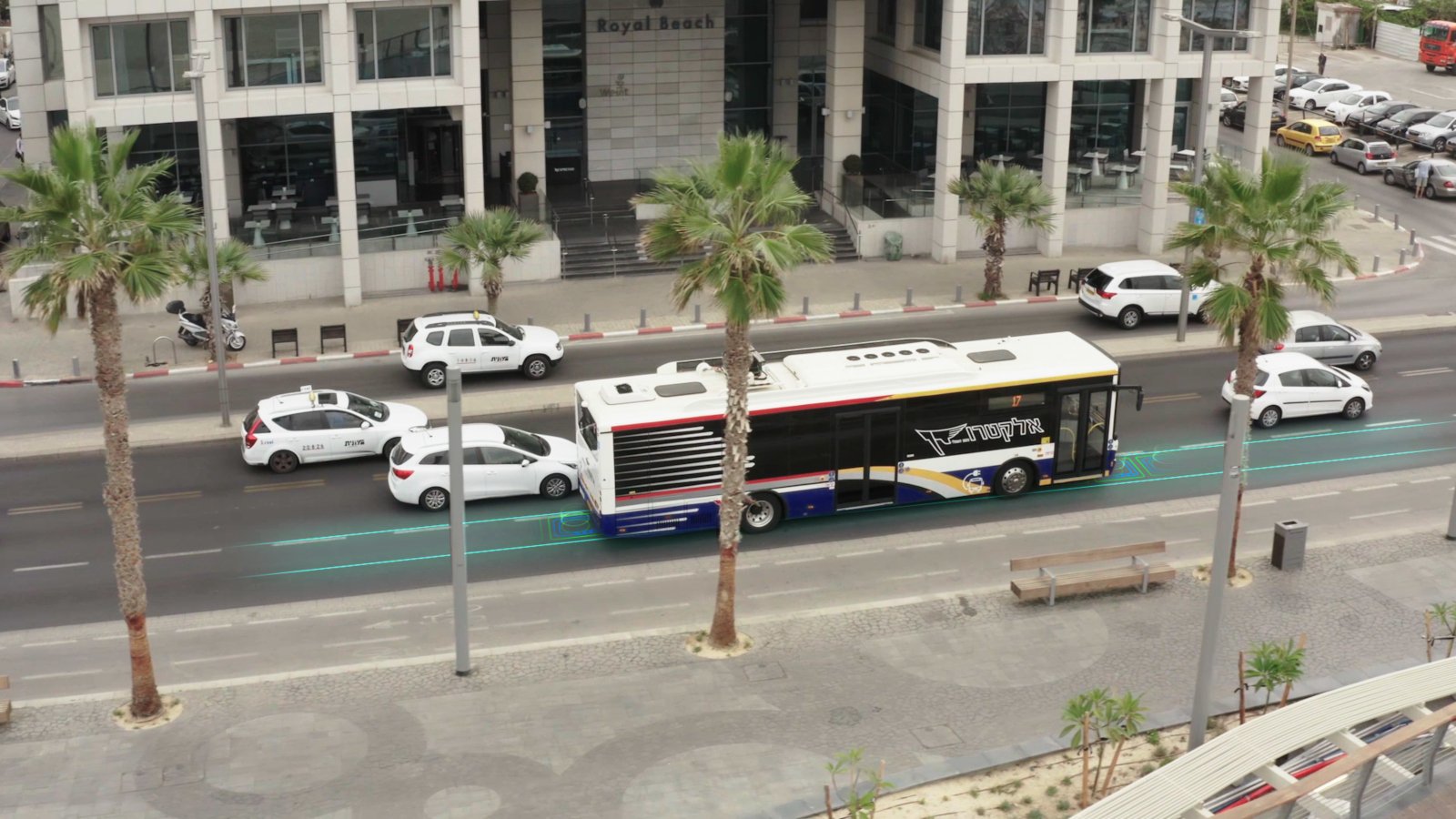
Future
The Future of Transportation
June 22, 2022
How can urban planning manage the impact of transport industry disruptions? What happens when users begin to adopt greener sources of energy? Finally, are cities ready for the emergence of autonomous technology? Urban designers must consider the rise of electric vehicles in city planning. There is a higher demand for green energy. Therefore, it is prudent to meld mobility with sustainability.

The Future of Mobility
Electric vehicles demand smarter cities. Most of the world’s population will live in urban areas in the next few decades. As a result, cities must undergo a massive shift to accommodate sustainable living. This change includes more intelligent mobility, grid, and integration. After all, these will be the foundations for the cities of tomorrow. Mobility and energy will mandate revolutionary changes without adding to overcrowding and pollution. Transportation must be sustainable, affordable, and secure. The perfect symbiosis of energy and mobility comes in the form of electric vehicles.
Electric vehicles require little maintenance and have minimal emissions. Electric cars emit almost three times less carbon dioxide than their diesel counterparts. Moreover, battery-electric engines have fewer parts that can break. Technologies that employ digital algorithms will help reduce traffic congestion and prevent accidents. Future automobiles will be able to calculate and outline optimum travel routes. Organizations are collaborating on numerous projects to translate this into reality. Yet, nothing will be possible without proper urban planning.
What The Future Looks Like
City dwellers will soon witness a raft of change. They will see a future comprising electric, shared, and autonomous mobility. This change will appear concurrently with decentralized and cleaner energy systems. Therefore, investment in ‘green’ and sustainable infrastructure is crucial.
The proliferation of electric vehicles will positively impact the environment, as these are crucial for long-term decarbonization goals. New startups will get sizable funds from generating ancillary and charging services. For example, they can charge customers through intelligent charging ports.
The Impact of Autonomous Vehicles on Urban Planning
The concept of self-driving vehicles has moved beyond automation. Cities require a thorough urban plan for future development. Critics have raised significant concerns. For example, how much parking space will these cars need? Will people be open to car-sharing services, or will they want to own these cars?
Organizations must pay keen attention to the potential impact of autonomous vehicles. Otherwise, infrastructure and tax structures may be negatively affected. It will be decades before cities adopt autonomous vehicles comprehensively. There is a question of whether people will cede control to computers too.
Urban planners believe autonomous vehicles will lead to a rise in car sharing. Moreover, improved technology will enable cars to travel closely. This will lead to reduced traffic and air pollution. As a result, cities could accommodate wider sidewalks to encourage walking.

With proper infrastructure, urban residents will forgo owning private cars. People will opt to take shared or public transportation instead. There will also be a reduced need for parking lots. Living in the city becomes a more attractive, affordable, and eco-friendly option.
The Need for Electric Vehicles and Charging Stations
Infrastructure for electric vehicles is exceptionally challenging. There will be a societal transformation too. The status symbol associated with driving will diminish. People will no longer have a personal attachment towards their cars. However, none of these will be possible without the advent of electric and autonomous vehicles.

There are nearly two million rechargeable cars on US roads now, but only roughly ten thousand charging outlets are publicly available. More charging stations must be set up to keep this technology feasible. The electric vehicle industry across Asia has witnessed huge developments too. China is at the forefront of this change, boasting over three million electric vehicles across the mainland. Although there is a large gap, Japan and South Korea are expected to follow suit.
In Singapore, Charge+ is a startup that specializes in electric vehicle charging stations. It has ambitions to deploy 10,000 charging sites to catalyze EV adoption in Singapore.
Technology for Utilizing Roads as Wireless Chargers for Car Batteries
The technology behind EV charging highways is called inductive charging. Inductive charging has been implemented into various products ranging from brushes to cell phones and is now being used as a charging mechanism for electric automobiles. South Korea and Israel, for example, are already engaging in this innovation and conducting experiments to determine its practicality and advantages.

ElectRoad's wireless e-road technology bus program is being piloted in Sweden and Tel Aviv (Credit: Israel21c)
ElectRoad, an Israeli start-up, has passed its first phase of testing. It is currently working on establishing a public bus line in Tel Aviv. South Korea has already installed wireless charging equipment on various bus routes. Qualcomm Technologies, a French business, is also developing this system, which they call Dynamic Electric Vehicle Charging (DEVC).
Change is the Only Constant
Societies are ever-changing. The introduction of electric vehicles has brought a paradigm shift. The rise of autonomous vehicles will beget another. Urban planning is crucial for these transitions. Urban planners must make changes incrementally. Sudden shifts can overwhelm the population. Once autonomous vehicles become popular, most drivers will become redundant. Instead, a vehicle will pick up and transport passengers to their destinations.
The cars will then charge themselves using EV charging stations nearby. Cities promise cultural diversity. They are hubs of entertainment and commerce. Proper urban planning will enable cities to embrace the transportation of the future. Our lifestyles will fundamentally change, and the quality of life will significantly improve.